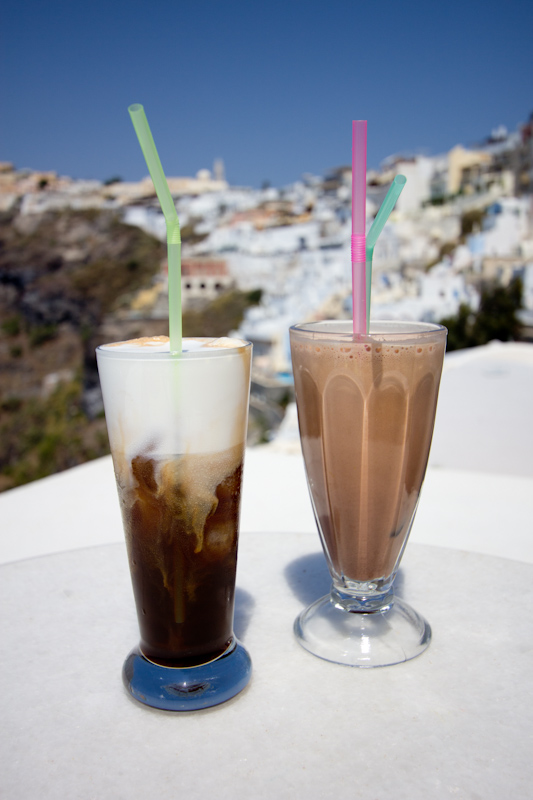
Today I chatted to Shona, my sister in law, about photography. She has been struggling with lack of inspiration and motivation, lack of good equipment (three broken lenses and no autofocus!), and is recovering from a bad experience photographing a wedding.
She asked me what are the next steps to take in improving her photography. I’m a decent photographer, but not amazing. I’m certainly not an expert at photography, except at some niche subjects like taking photos of jugglers on stage.
But there’s one thing I do know, and that is how much I’ve improved at photography in the last few years. Not only do I know how much I’ve improved, but also how I’ve improved.
And I’ll share a bit about the how here.
First, I’ve got one major advantage over most people who take up a new hobby, or learn a new skill: I have almost unlimited free time! Such is my life as a professional juggler. This allows me to take as many photos as I like, and try experiments, and generally practice.
Second, I’ve learned as much technical stuff about photography as I need to. For now. If you don’t know how to use your camera, read the fucking manual.
Third.
Yeah, this is where it starts getting interesting. If you have the time, and know how to use your equipment, why can’t you take amazing photos like the professionals? It’s what makes people think that taking better photographs is about having a good camera, or a better lens, or having the right software.
“Nice photo! What kind of camera do you use?”
I get this all the time.
So how do you get that ultimate compliment? Study.
Don’t read about photography. Don’t listen to podcasts about photography. Don’t pay to go to expensive workshops. Well, you can do all those things, but I’ve learned all the most important elements of becoming a decent photographer by studying photographs. And, in another way, photographers.
I’ll explain my method using the example of Paul F. Gero. I heard an interview with him on the Candid Frame podcast (the only photography podcast I listen to), and his photo-per-day project sounded interesting. It was called One Camera One Lens One Photo Per Day.

I checked out the blog, and was immediately captivated by the photos of his kids. Almost every photo he took and shared was better than any photo I had ever taken! And he was sharing a photo he took every day, no matter what the weather or the subjects he had at hand.
What was his secret? It wasn’t the equipment, as I had a similar camera, and a similar lens, and the equipment wasn’t changing.
But I had to find out! There was something that he was doing, maybe many things, that I didn’t know about. If it was something he could share, it would be in a book or on a website or in a blog post.
So I just subscribed to his blog, and every day I saw a new photo come in, and they were all good, usually great, and often amazing.

What did his photographs have in common with each other? What did they not have in common with mine?
After a few months, something clicked! I already knew that he used a lot os shallow depth of field with his photography, as you’d expect from a 50mm 1.4 lens. But something else crystalized in my mind:
The parts of the photograph that were out of focus are always just as interesting as a subject matter as the part of the photograph that is in focus!

Now I say it like that, it’s obvious. Right?
Shallow depth of feel is a “look”, but it can be more than that. If things are too out of focus, you can’t see what they are. Sometimes if you can see too much, it looks ugly. It’s a balance you have to strike, and just having something, or anything, out of focus isn’t good enough. It has to be something interesting and engaging.
A few weeks later I visited my sister, and other members of my family, and took some photos of kids. Armed with this new nugget of photography wisdom, I took some photos. I intentionally made sure the out of focus stuff was interesting in its own right.
Like this:
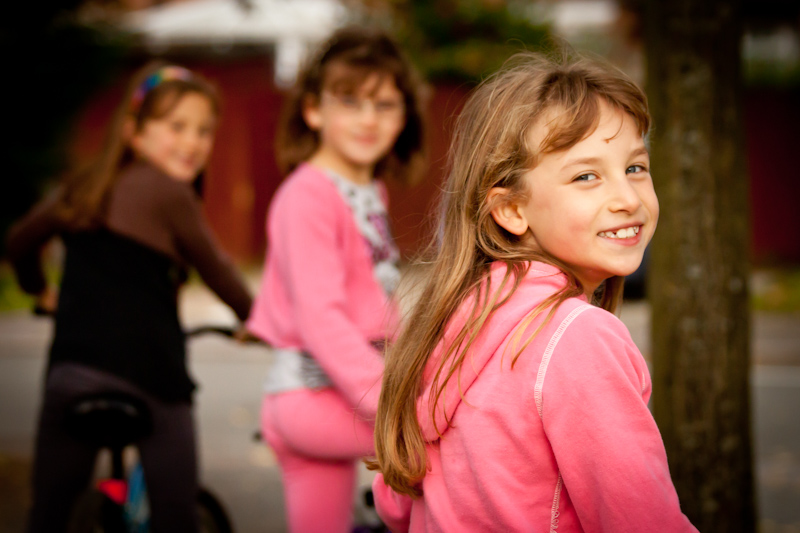
Or this:
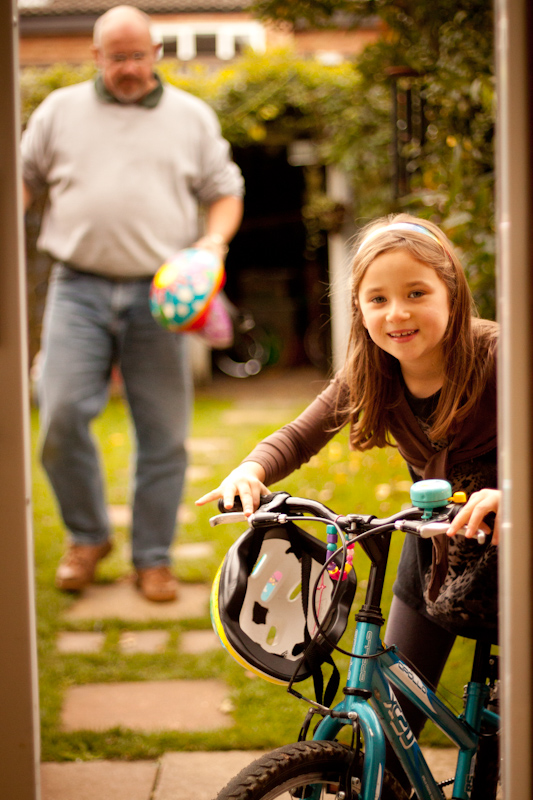
My photography had changed. With this one small skill, I’d taken it to another level. Shona just said this on skype about that blog post: “I remember looking at them and wondering when you’d got so good!”
Now I think “Not every photo Paul Gero takes is better than my best photographs, but sometimes, on a good day, I can take a photo as good as he can on an average day when the sun isn’t shining.”
For the last year, this is just one element I keep in mind when I take any photo. It doesn’t impact every photo I take, but way more than I’d ever expect. Judging by responses on Facebook (comments and likes) I can see which photos I take are popular, and it’s telling that many of them feature somebody in focus, and then an interesting scene out of focus.
And it joins many, many, many other nuggets of photography magic like that banging about in my head. The ones that are most important aren’t learnt from reading about photography but by immersing myself in the photography skill of someone else. Someone waaaaay better than I am.
My aim isn’t (as the above photos of my family might suggest) to replicate Paul’s images. It’s to try to lift my skill to the level of someone of whom I think “I’m never going to be that good at photography!” A tautology? Kinda. I’ll take one element, and then apply it to photos of jugglers, or travel photography, or whatever is in front of me at the time.
So here are some other photographers whose blogs I enjoy. The styles of photography vary, but if you look closely you can probably find some elements in common with my own work. Again, I’m not aiming to copy them, just elevate my own photography skill levels to somewhere closer to theirs.
In no particular order:
- Andy Biggs at The Global Photographer who leads wildlife photography safaris in Afica. One day I’ll join him on a safari, but meanwhile I’m learning a lot from his blog.

- Rebekka Guðleifsdóttir who takes great self portraits, along with interesting landscape photos of her native Iceland. She often combines the two, and has inspiring views on doing things live rather than in photoshop (though seems to be pretty handy at photoshop too).

- Nicolesy, or Nicole S. Young. Nicole takes photos of food, among many other subjects, as a professional stock photographer. It’s amazing how much you can learn about “clean” photographs when keeping in mind something like “Could this ever be used in a magazine to draw people into a subject, even if they don’t already know that subject?”
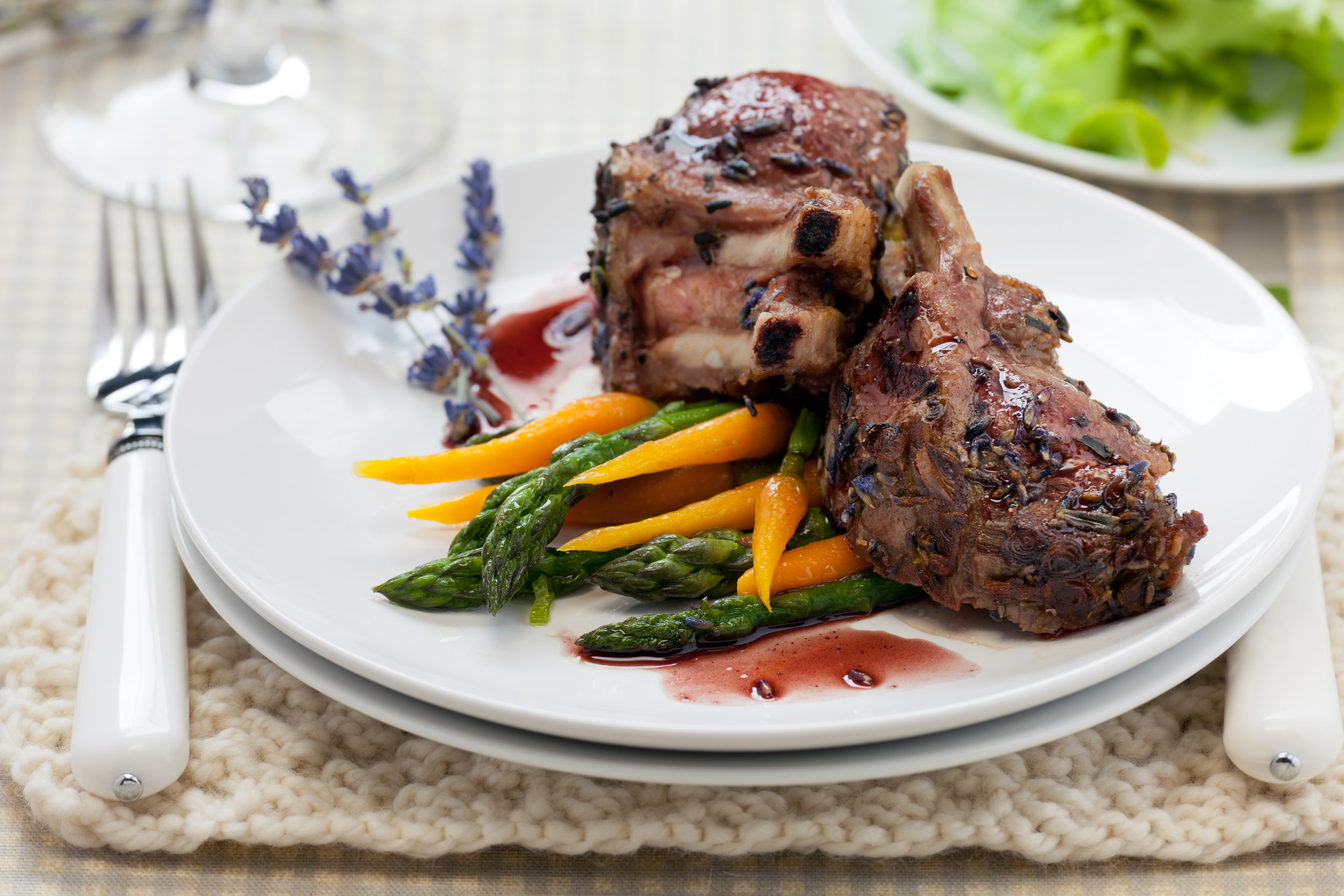
- Will & Matt Burrard-Lucas. Two wildlife photographers who aren’t adverse to trying out interesting technological solutions to trick photo problems. This includes putting cameras on radio control cars to get close to lions and elephants, dangling cameras on wires to photograph penguins under ledges, and capturing the great migrations of the Serengeti with time lapse techniques.

- Natalie Dybisz a.k.a. Miss Aniela. Another self portrait specialist who also makes “Urbex” photography worth looking at more than once.

- Bill Wadman and his blog On Taking Pictures. This is a new blog in my rotation. I like his sense of fun and comedy in his portraits, something I want to work into my own photographs somehow.
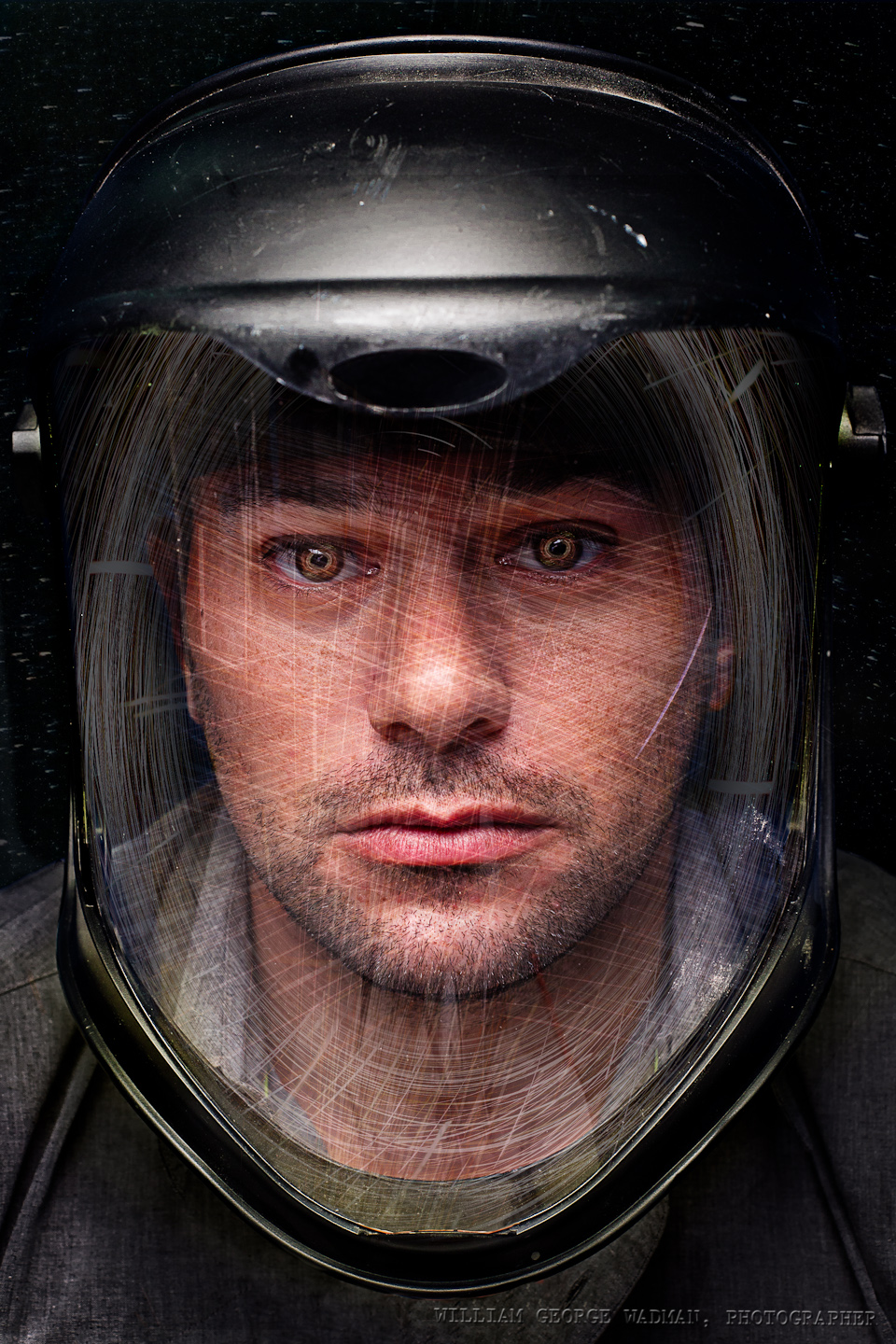
- The j w l photography blog. I’m not sure how this ended up in my blog list, but I like it! It’s full of wedding (and other event and portraiture) photography, specializing in mixing people with architecture and location. I don’t intend to do any wedding photography, but if I did, I hope it would be as good as this.
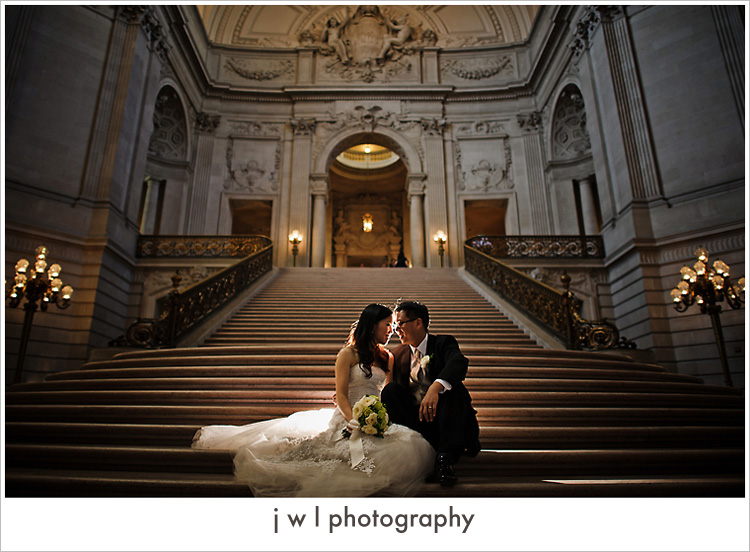
- David Friedman Photography. He shares portraits for magazine articles, and is collecting portraits of American inventors for a book on the subject. I chatted with him on Luke’s Creative Podcast s01e02.

- The Boston Globe Big Picture blog. Not a single photographer, but an amazing well edited collection of press photos about a single news topic or theme. If you have a 10mm or 14mm lens for your camera, subscribe to this blog! It’s like a how-to for well composed and interesting wide angle photography.

There are other photographers I enjoy, but maybe not on their blog, and the above list is in no way complete. But all of the above have taught me in some way. Or at least inspired me.
How?
Go look at the photo at the top of this blog post again, and you’ll maybe see some of the thoughts and lessons and inspirations that go into a photo of two glasses of ice drinks.
